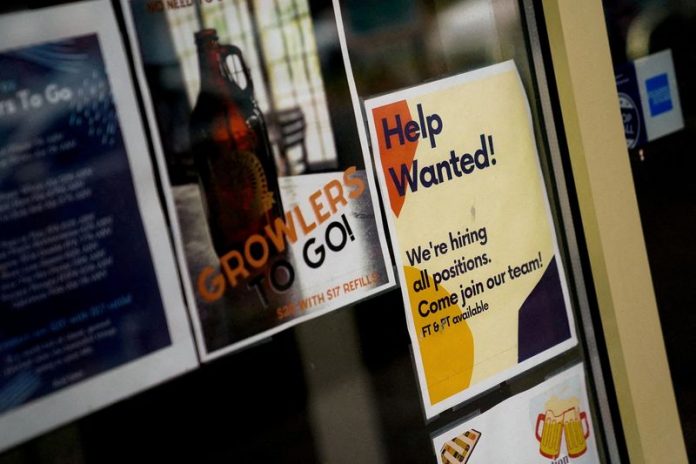(Reuters) –
U.S. employers dialed back their planned job cuts in September, especially in the warehousing sector, but workforce reduction intentions were higher on a year-to-date basis amid continued cuts in the technology and retail industries, according to a report released on Thursday.
Announced job cuts by U.S.-based employers totaled 47,457 last month, down about 37% from 75,151 in August, outplacement firm Challenger, Gray & Christmas said in the report. The announced cuts for last month still marked a 58% rise from September 2022.
The announced layoffs were the largest since 2020, the first year of the coronavirus pandemic, on a year-to-date basis, the report said. Employers most frequently cited market uncertainty as a reason for the layoffs last month, followed by the closure of businesses, units or stores.
Despite the rise in announced job cuts this year, data from the Bureau of Labor Statistics’ Job Openings and Labor Turnover Survey, or JOLTS report, show monthly layoffs in 2023 were largely tracking those of the prior year. The number of layoffs were virtually unchanged from July to August and were also little changed from the same period last year.
U.S. employers have faced difficulties drawing workers back after nearly 22 million people were thrown out of work in the early days of the COVID-19 pandemic. As businesses reopened, they were hit by the “Great Resignation,” in which millions of workers quit their jobs in search of higher compensation and an improved work-life balance.
More recently, employers in the technology, retail and finance sectors have announced job cuts as a response to concerns of a possible recession and the impact of higher input costs on profits.
“Employers are grappling with inflation, rate increases, labor issues and consumer demand as we enter Q4,” Andrew Challenger, a labor expert and senior vice president of Challenger, Gray & Christmas, said in a statement.
In September, employers announced plans to add 590,353 jobs, up from the 380,014 announced hires in September 2022. The majority of these positions fill seasonal hiring needs, the Challenger report said.




